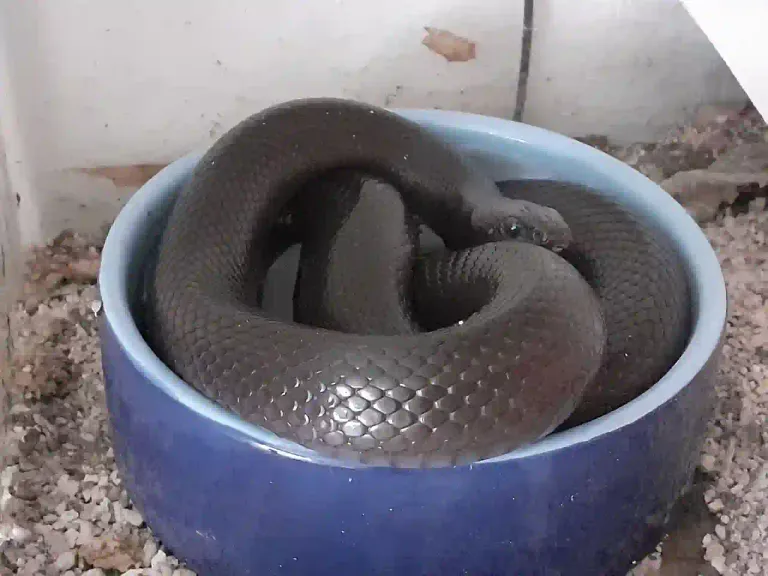The Black Mamba: An Enigmatic Serpent

The black mamba, scientifically known as Dendroaspis polylepis, is a highly venomous snake species native to parts of sub-Saharan Africa. Revered for its speed, aggression, and lethal bite, the black mamba has captivated the imagination of naturalists and enthusiasts alike. With its ominous name and imposing appearance, this serpent embodies both fear and fascination in the hearts of those who encounter it.
Measuring up to 14 feet in length, the black mamba is the longest venomous snake in Africa and one of the fastest reptiles in the world. Its jet-black coloration lends to its name, creating a striking contrast against its bright, white mouth. While its appearance may intimidate, it is the venomous bite that truly makes this serpent a formidable creature.
The venom of the black mamba is composed of potent neurotoxins. Its venom can provoke paralysis and respiratory failure in its prey, delivering a swift and efficient death. With a single bite, this serpent injects enough venom to kill a human within mere minutes if left untreated. However, contrary to popular belief, black mambas are typically non-aggressive towards humans and will often attempt to escape rather than confront a potential threat.
Despite its perceived menace, the black mamba plays a crucial role in its environment. As an apex predator, it helps control rodent populations by feeding on small mammals such as rats and mice. This serves to maintain a balanced ecosystem while also reducing the risk of disease transmission from these pests.
This serpent also has cultural significance in the regions it inhabits. Throughout some African tribal traditions, the black mamba is often associated with power, protection, and even spiritual connections. Its sleekness and resilience have made it an integral part of African mythologies, symbolizing both the danger and strength that exist within nature.
Conservation efforts are crucial to ensure the survival of this awe-inspiring species. The black mamba faces several threats, including habitat loss, poaching, and unnecessary killings driven by fear or misunderstanding. Educating local communities and promoting sustainable practices are essential for coexistence and the preservation of this important predator.
Thanks for reading.